Agra Fort and its many interesting facets
Times of IndiaTIMESOFINDIA.COM/TRAVEL NEWS, AGRA/ Created : Nov 26, 2023, 20:00 IST
You're Reading
Synopsis
Often overshadowed by the renowned Taj Mahal, the Agra Fort stands as a historical gem deserving of equal admiration. As one of India's notable Mughal forts, it merits a prominent spot on your travel wishlist for various compellin … Read more
Often overshadowed by the renowned Taj Mahal, the Agra Fort stands as a historical gem deserving of equal admiration. As one of India's notable Mughal forts, it merits a prominent spot on your travel wishlist for various compelling reasons. Read less

Often overshadowed by the iconic Taj Mahal, the Agra Fort is another historical site that deserves all the attention. It’s one of the country’s prominent Mughal forts, and should be on your travel wishlist for a number of good reasons.
Here, we bring to you some of the interesting facts about the Agra Fort that will compel you to include the site in your travel itinerary.
It was initially designed by Mughal Emperor Akbar as a military fortress, which underwent subsequent transformation, and was eventually turned into a palace by his son, Shah Jahan.
Akbar's fascination with red sandstone led to the construction of most of the fort, which used more than 4000 premium sandstones sourced from quarries across northern India.
Read more: Brilliant UNESCO Heritage Sites in South India
The fort's southern entrance features a 60-degree inclined walkway, which was strategically designed to hamper the efficiency of enemy elephants and horses during a siege. Additionally, superheated oil was poured down to block the entrance, showcasing a brilliant combination of science and architecture from that era.
Agra Fort, symbolizing power and resilience of its time, runs parallel to the Yamuna river with a moat that still connects to it. The formidable gates in all four directions rendered it highly impregnable.
Aurangzeb confined Shah Jahan to the octagonal tower (also referred to as 'Mussaman Burj') in Agra Fort for a duration of eight years.
You can now visit Mussaman Burj, from where you can see the Taj Mahal, just like Shah Jahan did centuries ago.
Read more: Pre-independence era eateries across India
The Taj Mahal is also visible through openings in the walls of Jodha Bai’s palace within Agra Fort.
It’s interesting to note that the Khas Mahal within Agra Fort served as the prototype for the Diwan-i-Khas at the Red Fort in Delhi.
Shah Jahan's famous Peacock Throne, which was adorned with precious stones, including the iconic Koh-i-noor diamond, was formerly housed in the Diwan-i-Khas of Agra Fort.

The strategic significance of the fort's location is evident as 80% of it is currently under the Indian Military control, and is inaccessible to the public. This underscores the critical basis on which the fort was constructed in its time.

Refrain from posting comments that are obscene, defamatory or inflammatory, and do not indulge in personal attacks, name calling or inciting hatred against any community. Help us delete comments that do not follow these guidelines by marking them offensive. Let's work together to keep the conversation civil.
closecomments
Refrain from posting comments that are obscene, defamatory or inflammatory, and do not indulge in personal attacks, name calling or inciting hatred against any community. Help us delete comments that do not follow these guidelines by marking them offensive. Let's work together to keep the conversation civil.
Visual Stories
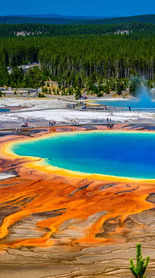



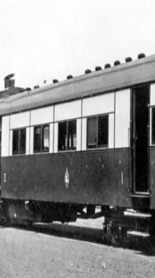
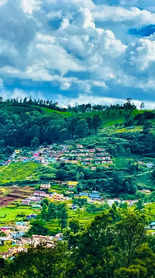
Popular Galleries
Trending Stories
Best summer destinations in India for a memorable summer holiday
5 iconic bridges of India
Chhattisgarh: Kanger Valley National Park is a treasure trove of natural wonders
Coastal Karnataka: Mangaluru is where history, culture, and nature come together
Cars are not allowed in this charming village in the Netherlands







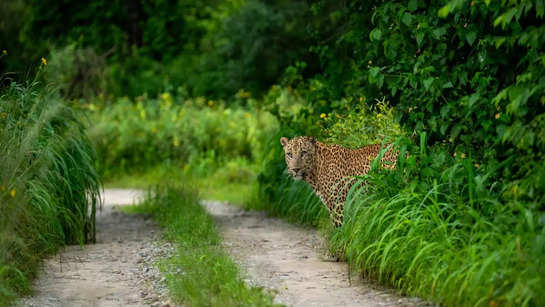





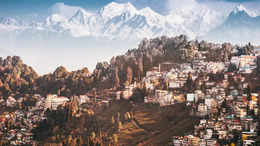







Comments (0)